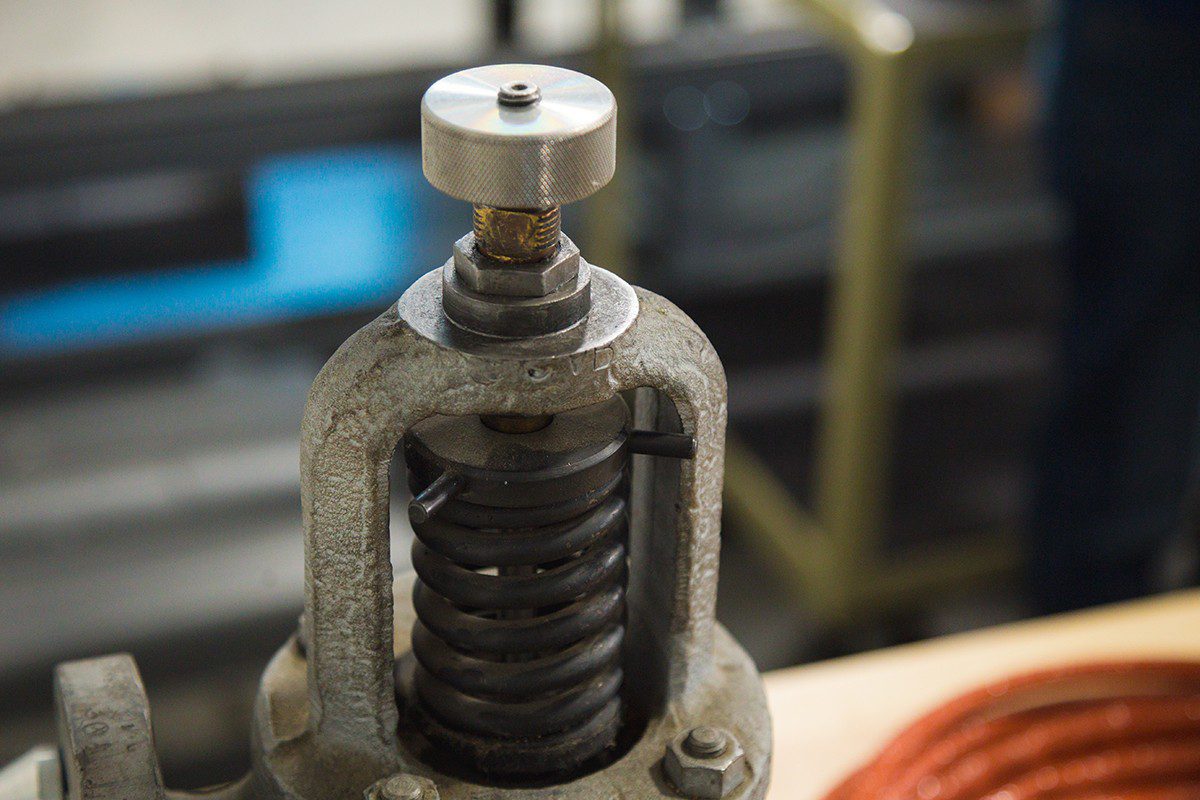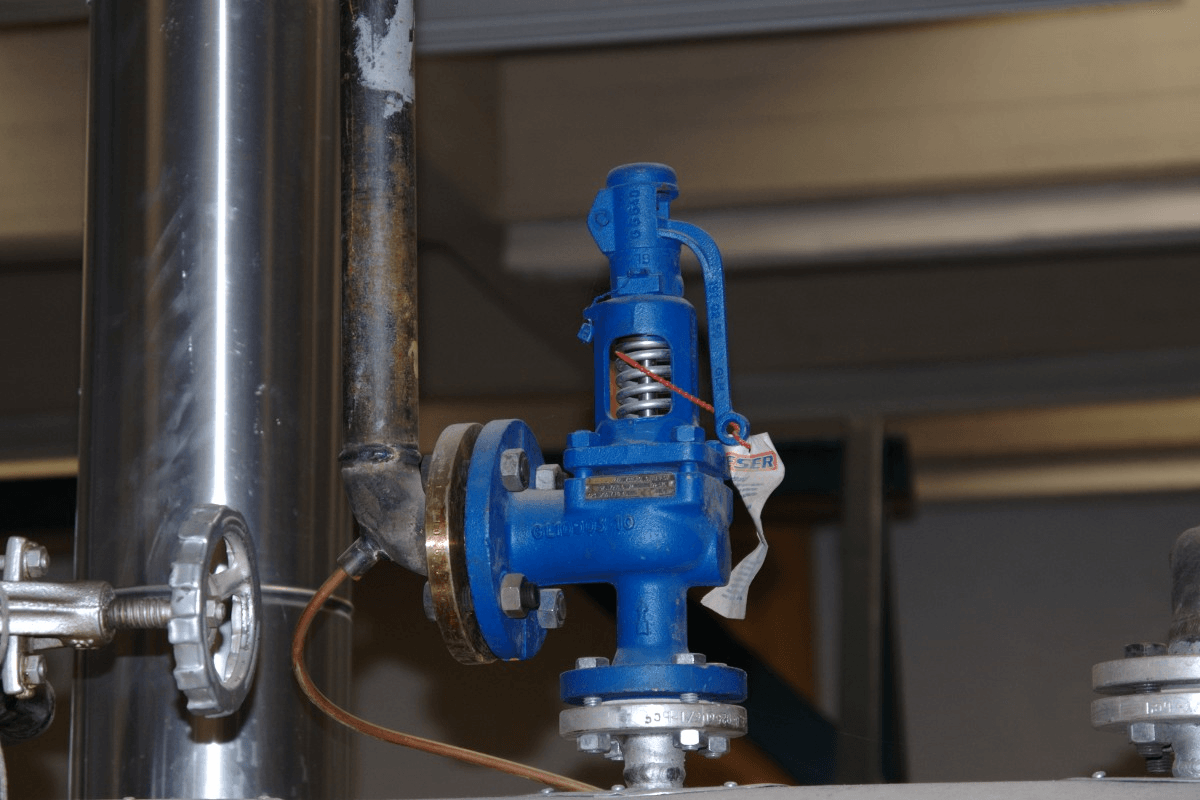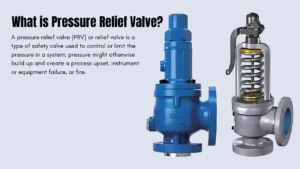Understanding the PRV replacement procedure is crucial for maintaining the safety and efficiency of any industrial system. As an industrial engineer, you may often be tasked with ensuring that pressure relief valves (PRVs) are functioning correctly and are replaced when necessary. This guide aims to walk you through the essential steps of replacing a PRV, ensuring optimal performance and compliance with safety standards.

Introduction to Pressure Relief Valves (PRVs)
Pressure relief valves are critical safety components in many industrial systems. They are designed to release excess pressure from a system, preventing potential equipment failure or catastrophic events. Regular maintenance and timely replacement of PRVs are essential for ensuring the continued safety and functionality of your systems.
Why is PRV Replacement Necessary?
Over time, pressure relief valves can become worn or damaged due to constant exposure to high pressure and temperature. A malfunctioning PRV can lead to system inefficiencies, increased operational costs, and potentially dangerous situations. Understanding when and how to replace a PRV is a key skill for any industrial engineer.
Signs a PRV Needs Replacement
Several indicators suggest a PRV may require replacement:
- Inconsistent pressure readings
- Visible damage or corrosion
- Frequent tripping or leakage
- Failure to open or close properly
Regular inspection and testing can help identify these issues early, allowing for timely intervention.
Steps in the PRV Replacement Procedure
Replacing a PRV involves several critical steps. Below, we outline a comprehensive process that ensures safety and efficiency:
1. Shut Down the System
Before beginning the replacement procedure, ensure the system is completely shut down. This minimizes the risk of accidents and allows for a safe working environment.
2. Relieve System Pressure
Once the system is shut down, relieve any residual pressure that may be present. This is crucial to prevent accidental release of pressure during the replacement process.
3. Remove the Old PRV
Using appropriate tools and following manufacturer guidelines, carefully remove the old PRV. Be mindful of any residual pressure or fluid that may still be present.
4. Inspect the PRV and System
After removal, inspect the old PRV and the immediate system area for signs of wear, corrosion, or damage. This helps identify any underlying issues that may need addressing.
5. Install the New PRV
Install the new PRV according to the manufacturer’s specifications. Ensure proper alignment and secure all connections to prevent leaks and ensure optimal function.
6. Test the New PRV
Once installed, conduct a series of tests to ensure the new PRV is functioning correctly. This includes checking for leaks, ensuring proper pressure release, and verifying system compatibility.
Best Practices for PRV Maintenance
To extend the life of your PRVs and ensure they function effectively, regular maintenance is essential. This includes:
- Regular cleaning to prevent debris buildup
- Periodic testing to ensure proper operation
- Documenting all maintenance activities for future reference
Related Resources
For more detailed insights on pressure relief valve maintenance and testing, visit these resources: PRV design standards, How often to test PRVs, and Valve pressure settings.
Challenges in the PRV Replacement Procedure
While replacing a PRV might seem straightforward, several challenges can arise:
- Access difficulties in tight or hazardous environments
- Compatibility issues with new PRVs
- Ensuring compliance with industry standards
Overcoming Challenges
To overcome these challenges, it is important to plan thoroughly, consult manufacturer guidelines, and engage qualified personnel when necessary.

FAQs
What is the typical lifespan of a PRV?
The lifespan of a PRV varies based on usage and environmental conditions but generally ranges from 5 to 10 years.
Can I replace a PRV myself?
While some individuals may have the skills to replace a PRV, it is generally recommended to hire a professional to ensure proper installation and compliance with safety standards.
How often should PRVs be tested?
Regular testing of PRVs is essential. It is recommended to test them annually, but the frequency can vary depending on the systems demands and industry standards.
For more information on pressure reducing valves, you can visit an external resource: Pressure Reducing Valves Guide.
This article contains affiliate links. We may earn a commission at no extra cost to you.



